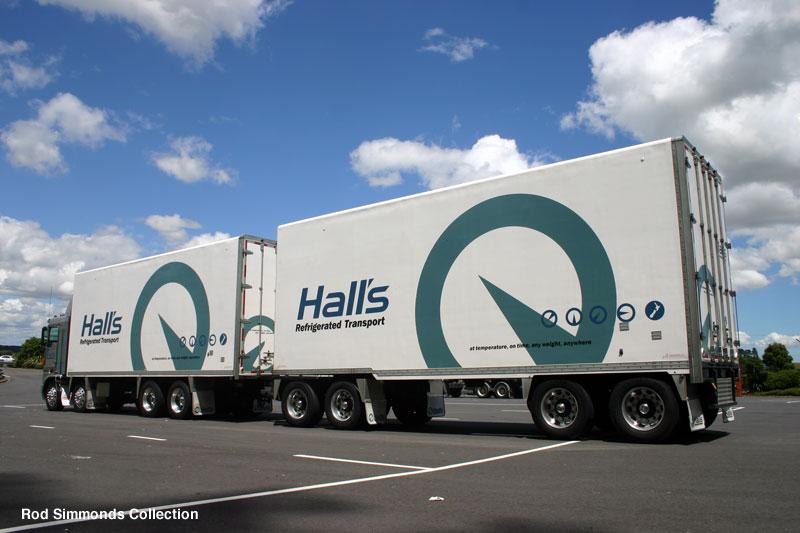
Originally Posted by
Dougal

Are you aware that heavy trucks tow heavier trailers with the only nose weight being the weight of the drawbar?
Stability is about the entire vehicle and trailer interaction, it cannot be expressed in simple percentages as it is far more complex than that.
Zero ball weight can be perfectly safe and stable, where trailers with the often touted 10% static ball weight can be a danger to everyone.
Don't forget axle/suspension configuration. It's one of the biggest in trailer stability.
Unfortunately that slide alone means nothing. If you were to include the SAE paper the presentation was about and the full power-point presentation then perhaps we could draw some conclusions. Such a graph can only beproduced relating to a specific case and we have no information about that specific case.




 Reply With Quote
Reply With Quote

Bookmarks